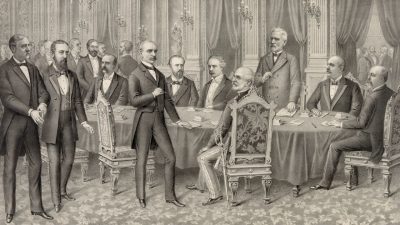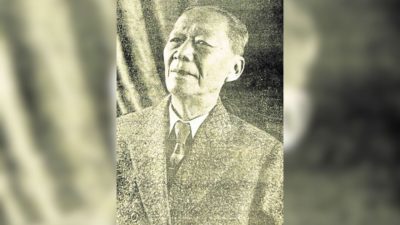On this day in Filipino history (November 30, 1863) Andres Bonifacio, a pivotal figure in the fight for Philippine independence, was born in the vibrant district of Tondo, Manila. His birth marked the beginning of a life devoted to the pursuit of freedom and the establishment of the Philippine Republic.
Orphaned at the tender age of 14, Bonifacio faced the responsibility of caring for his five younger siblings, compelling him to abandon formal education in pursuit of ways to support his family. Despite the absence of formal schooling, he embarked on a self-directed journey of education, voraciously reading books under the flickering glow of a lamp at his home.
Unlike some of his contemporaries who clung to the hope that Spain would heed calls for reform, Bonifacio harbored no illusions. Deep within, he understood that Spain would never grant the reforms demanded by Filipino reformists.
Seizing the moment when news of Dr. Jose Rizal’s deportation to Dapitan spread, Bonifacio, along with individuals like Valentin Diaz, Teodoro Plata, Ladislao Diwa, and Diodato Arellano, founded the Katipunan on July 7, 1892, in Tondo. This organization aimed to secure Philippine independence and freedom through force, solidifying their commitment by signing the Katipunan pact with their own blood.
In the same year, Bonifacio married Gregoria de Jesus, who took charge of confidential files, firearms, seals, and other materials for the society. The discovery of the Katipunan on August 19, 1896, prompted a gathering of Katipuneros at Pugad Lawin, marking the symbolic tearing of cedulas and the commencement of the Philippine Revolution against Spain.
Navigating through evasions, uncertain victories, and severe defeats since the discovery of the Katipunan, Bonifacio found himself invited to Cavite by the Magdalo faction. An assembly convened at Tejeros, Cavite, where Emilio Aguinaldo was elected president, Mariano Trias as vice president, and Bonifacio as secretary of the Interior.
However, tensions arose when Daniel Tirona questioned Bonifacio’s qualifications. Offended, Bonifacio, invoking his authority as the supreme head of the Katipunan, declared the proceedings void and established his own government in Naic, Cavite.
As Spanish forces threatened Cavite, Aguinaldo ordered some key members, including General Pio del Pilar and Mariano Noriel, to leave Bonifacio’s camp. In the face of adversity, Bonifacio, with his family and followers, left Naic for Indang, heading back to Montalban.
Attempting to arrest him, Aguinaldo’s men encountered resistance from Bonifacio. Wounded in the process, he faced a trial for acts against the new government and was sentenced to death by a military tribunal.
Tragically, on May 10, 1897, Andres Bonifacio met his end at the hands of Aguinaldo’s men in the mountains of Maragondon, Cavite. Today, we reflect on the life of this visionary leader who played a crucial role in shaping the course of Philippine history.
Source: Philippine News Agency archives
(Jr Amigo/ai/mnm)







